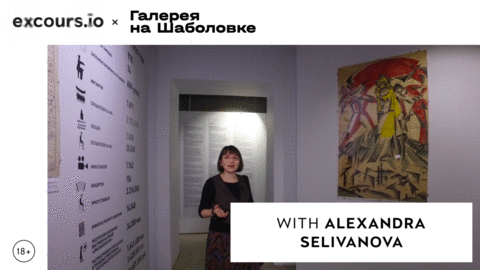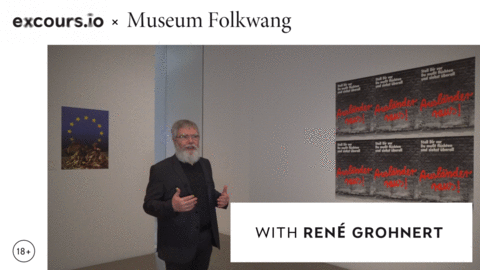Sourtna. Carte Blanche to Yoriyas. Moroccan Photographers of Today and Tomorrow
The exhibition Sourtna. Carte Blanche to Yoriyas. Moroccan Photographers of Today and Tomorrow opens Morocco’s first National Museum of Photography, showcasing contemporary Moroccan image-makers. Inaugurated in January 2020 within Rabat’s historic Fort Rottembourg, a landmark built in 1888, this institution makes art accessible to diverse neighborhoods. The project expands cultural access, reflecting Morocco’s commitment to visual self-expression and societal reflection through its artists. Curated by acclaimed photographer Yassine Alaoui Ismaili (Yoriyas), it consciously bridges generations, presenting established and emerging talents. Visitors discover how local photographic voices capture a nation’s evolving identity and foster community connections.
Why should you watch this?
The film Sourtna shows how a new museum and a young curator-photographer can redraw a nation’s visual story, making photographic practice public and collective. Set in Fort Rottembourg and curated by Yoriyas, it stitches together established names and smartphone images, moments of youth, family, and bold questions of identity. Seeing a rooftop portrait side-by-side with a grainy phone frame feels both intimate and political; listening to artists talk about transmission between generations moves from pride to urgency. The film leaves a clear charge: when communities claim their image-making, they reshape history and open space for conversation and belonging.
Agitprop Trains
The exhibition delves into a groundbreaking aspect of Russian cultural history birthed from the revolution—mobile propaganda trains. These unique vehicles served as a fusion of art and technology, transforming into vibrant mobile platforms that combined exhibitions, theater, libraries, and cinema on wheels. Launched in 1918 under the directive of the All-Russian Central Executive Committee, these trains traversed vast distances, reaching from Odessa to Irkutsk and engaging communities with their painted exteriors and rich artistic content. Supervised by renowned graphic artist Ignatiy Nivinsky, the trains featured contributions from a diverse array of artists, blending Symbolism with early avant-garde ideas. This exhibition promises an in-depth exploration of their socio-political significance during the Civil War, showcasing archival photos, posters, and various artifacts that capture the ethos of an era where art became instrumental in uniting and inspiring a nation.
Why should you watch this?
Watching a guided tour of this exhibition is particularly essential in today’s context, as it illuminates the enduring power of art as a vehicle for social change and collective identity. In a world increasingly fractured by division and misinformation, the exhibition serves as a poignant reminder of how creative expression can be mobilized to unite communities and convey critical messages. As contemporary society grapples with its own political upheavals, understanding the historical context of these mobile propaganda trains reveals the importance of merging various forms of media and art to engage the public constructively. This tour not only highlights the innovative spirit of artists who contributed to the movement but also encourages dialogue about the role of culture in shaping our narratives and responding to social challenges.
Klaus Staeck. Sand for the Gears
Why should you watch this?
Klaus Staeck’s exhibition resonates deeply with contemporary audiences, serving as a powerful reminder of art’s capacity to provoke thought and inspire social change. In an age marked by political polarization and social unrest, Staeck’s nearly 180 posters challenge us to confront uncomfortable truths and reflect on the role of dissent in shaping public discourse. His bold, often scandalous imagery speaks to the importance of artists as catalysts for conversation, urging society to engage with pressing issues such as inequality, identity, and civic responsibility. As we navigate our own crises today, Staeck’s work underscores the timeless relevance of art as a tool for advocacy and a vehicle for sparking new dialogues. This exhibition not only honors a pivotal figure in art history but also invites us to consider how we, too, can use creativity to effect change in our communities.



